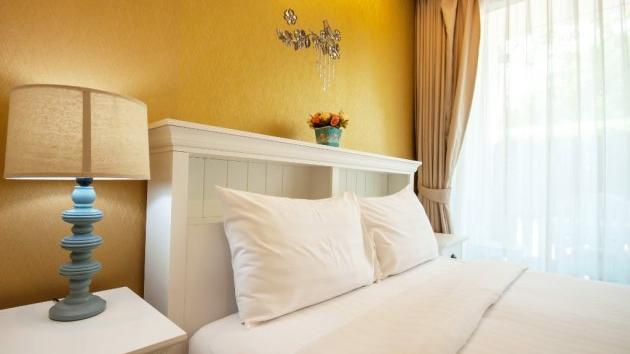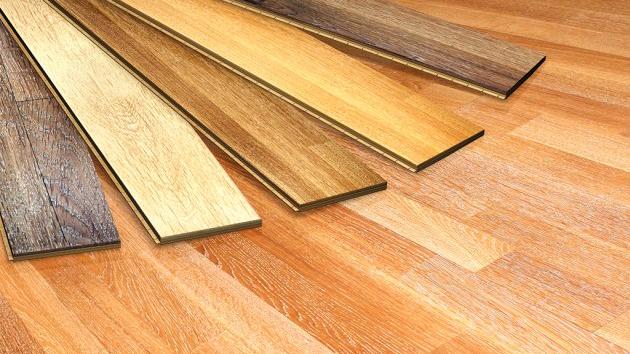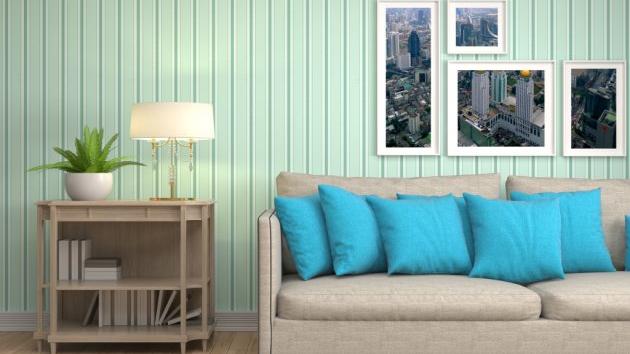Nature in the apartment and office: What is biophilic design and what are the three golden rules
 Friday, 22.09.2023.
Friday, 22.09.2023.
 10:20
10:20
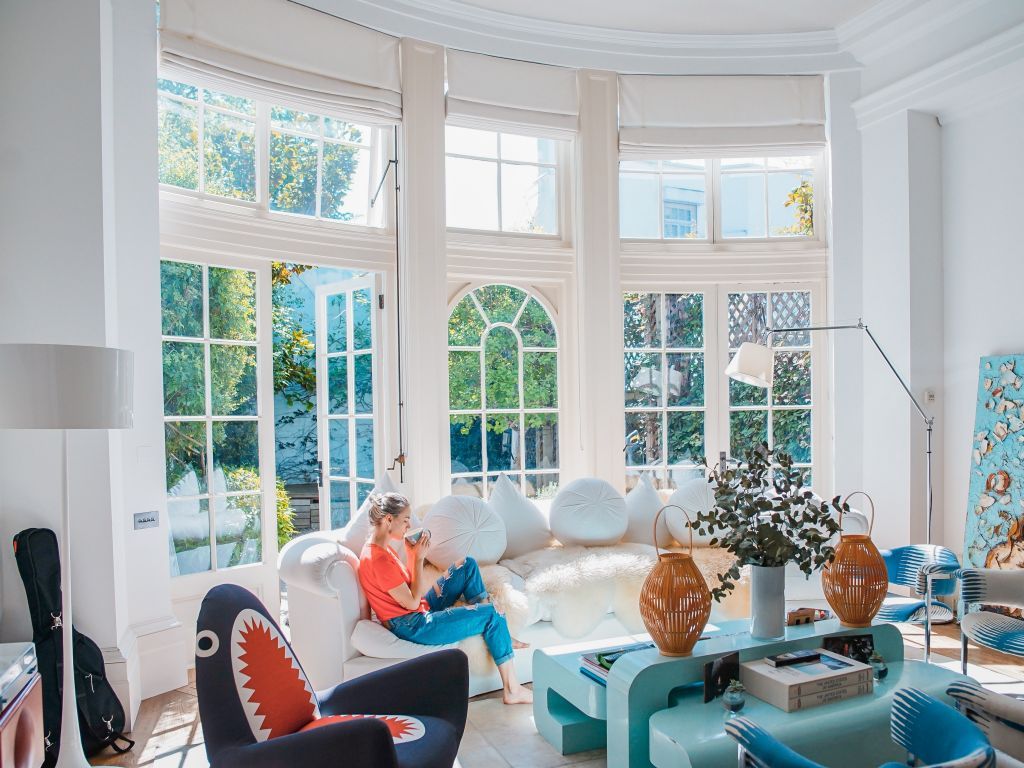
The concept slowly grew into a movement in architecture called biophilic design, which Yale University professor of social ecology Stephen Keller described as "an approach that encourages beneficial contact between humans and nature in contemporary buildings and landscapes".
Shyly, in recent years, biophilic design has emerged as a topic among Serbian architects as well. Connecting humans and nature is the core of biophilic design, which provides the possibility of creating a healthier and more productive habitat for modern people, architect Natasa Komljenovic, who has been dealing with this topic for five years, reveals for eKapija. Bring in more light, provide enough fresh air and connect with nature - these are the three golden rules, which the owner of the Novi Sad studio ArhInGreen advises anyone who wants to arrange a space in accordance with biophilic design.
It is about, as she says, an innovative way and approach to designing places where we live, work and learn. Previous approaches have largely contributed to the degradation of the environment and alienation of humans from nature, she notes.
- At the present moment, when we are faced with the ecological and social challenges of modern man, the constant separation of humans from nature, there is a need to design cities, settlements, neighborhoods, buildings, interiors and exteriors, which will enable us to connect with nature, not only physically but also spiritually - explains our interlocutor.
The term biophilia itself was first used by psychoanalyst Erich Fromm, who described it in his book "Anatomy of Human Destructiveness" as "passionate love for life and everything that is alive, be it a person, a plant, an idea or a social group". Another scientist credited with popularizing the term is Harvard biologist Edward O. Wilson, who published the book "Biophilia" in 1984.
- The concept of biophilia, when it comes to application in the interior, aims to create a living space in which we will feel safe and connected to nature. Then creating a work space where workers will be more productive, designing schools where children will perform better in mastering the material, creating health facilities where the users of the space will be connected to nature and their recovery will be faster and more efficient - Komljenovic explains.

Since it is a relatively new concept, there is a lot of confusion about what is and what is not biophilic design. Our interlocutor notes that if the approach to projecting and designing future spaces is not focused on fitting into the natural environment and creating an environment that contributes to human health, we certainly cannot consider it biophilic.
- The previous "modern" assumptions that it is not necessary for man to be connected with nature, have led to the creation of spaces, environments in which man is placed in an artificial context, such as office buildings, hospitals, schools, shopping centers with little or no contact with nature. Most of this built environment lacks adequate natural lighting, natural ventilation, and natural materials. In most cases, we have inhumane spaces that have a negative impact on health and productivity. Such ecologically impoverished habitats promote fatigue, low mood, disease symptoms, and unproductiveness among the users of the space - Komljenovic says.
Three golden rules - Money is not decisive
Biophilic design can be applied in any interior, from home to office. Komljenovic believes that virtually all our spaces need some minimal correction in order to improve the quality of life. As she says, in the last 30 years we have placed too many people in an artificial context, with very little or no contact with nature. The good news is that we don`t need a lot of money to arrange a space in accordance with the principles of biophilic design, but only a little good will and the occasional change of established habits.
- In essence, the most important thing is to change habits, because most of the habitats in which modern man lives are closed, built environments where he spends 90% of his time. The result of such an organization of life and work caused a gap (estrangement) between man and nature. This kind of organization of life, free time, and especially work in a closed environment more often causes fatigue, lack of motivation and absenteeism from business obligations - the architect points out.
For many people, the first association is with this plant design, which, according to our interlocutor, is important, but even more important is the application of natural ventilation, natural lighting, natural materials, a view from a closed space towards nature and other experiences of the natural world in a modern environment. She singles out three principles of biophilic interior design.
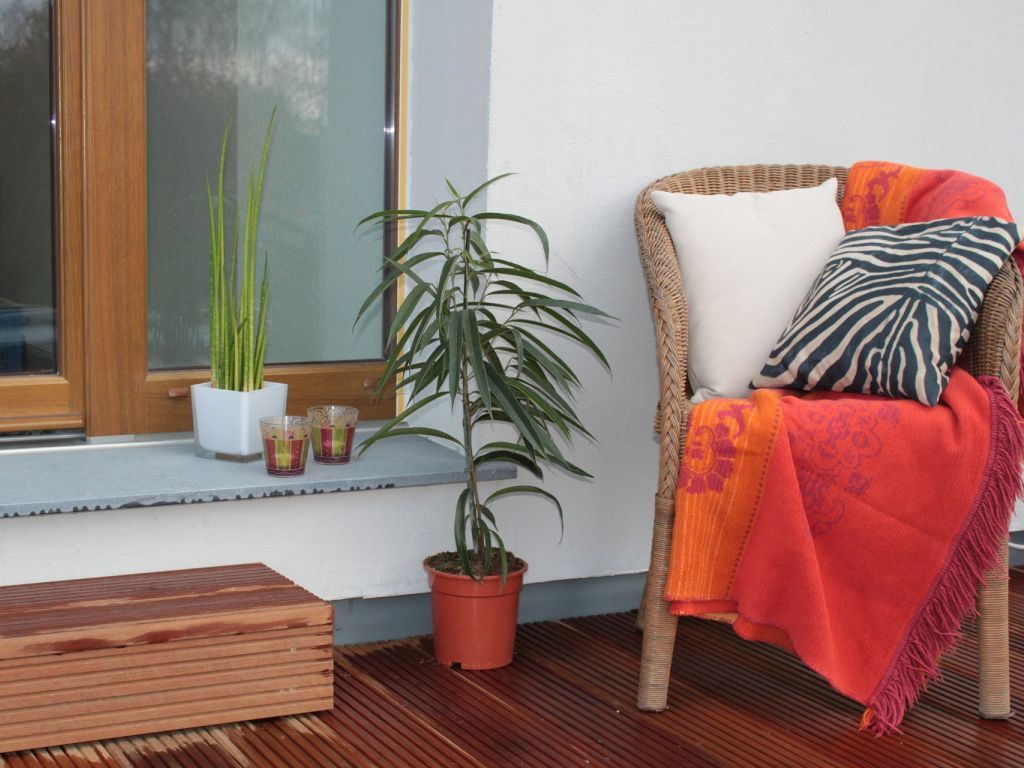
The first principle - It is important to provide enough natural air in the living or work environment
The architect explains that when the users of the space choose not to open the windows and doors or when there is no possibility to open the windows, which often happens, the result is low mood, unproductiveness, sleepiness. As she notes, the air in closed rooms can be up to five times more polluted than the outside air.
- Living in stagnant air brings many health problems - from headaches, sleep problems, allergies, asthma. Regardless of the season, it is necessary to ventilate the premises several times during the day for 10 minutes and provide enough fresh air for a pleasant stay. The fact that the problem is not trivial is supported by research conducted a few years ago by the company Velux, which states that children`s rooms are the most polluted rooms in the apartment and that 45% of children`s rooms have a too high CO2 level due to insufficient ventilation - says Komljenovic.
The second principle – It is important to provide enough natural light in the living or working environment
As our interlocutor reminds us, intuitively we always gather in rooms with the most light. That`s why it`s good to think about the environments in the apartment/house where we can sit in the sun and gather positive energy.
- Two hours of sunlight is the minimum that is necessary for a person in order to keep his mental and physical health in shape. Try to bring in as much light as possible into your rooms. If you have some sort of workspace or desk, move it closer to the window. When decorating the space, choose lighter tones and shades of walls and ceilings and in this way you will create reflective surfaces that better reflect the light in your home - Komljenovic advises.
The third principle - It is important to connect the interior and exterior space (which contributes to better lighting of the rooms)
It often happens that the interaction between the outside and the inside is unfavorable, so many of us decide to close the terrace and thereby cut off the possibility of interaction with the open space.
- If you have already decided on such a step, let the new corner retain the elements of interaction with the open space (enough light, a few plants, a sitting corner). Don`t let the corner become a storage room for things you don`t use! The situation with the house is somewhat more favorable and the space that flows and connects with the outside space is much more intimate and natural - notes our interlocutor.
The health of the space users is in focus
Many studies confirm that natural light and plants have a beneficial effect on humans. A series of studies by the University of Exeter showed that employees are as much as 15% more productive when just a few plants are placed in the office. Many companies, primarily technological ones, adopt biophilic principles in decorating offices with living walls, tables with built-in plants. However, you don`t have to go that far.
- When we take very small steps in the beginning - introduce more light, enough fresh air, connect with nature - we soon feel the transformation of the environment. First of all, I myself first started to apply these three golden rules and I must admit that it is definitely more pleasant to be in my living space, as well as in the work corner, considering that I work online and there is no clear border between the living and working space - says Komljenovic.
Although this approach is still in its infancy in our country, architects are increasingly showing interest, our interlocutor notes, adding that everyone needs guidelines on how to use the best of what is offered when it comes to natural materials, materials that ensure adequate energy efficiency and how to behave sustainably in interior design.
It is necessary to bring the subject closer to the clients, which is why our interlocutor started a blog and created an online course that shows those interested through 10 short lessons how to create their own biophilic ambience. In the experimental phase, the course, she says, went well and the impressions of the participants are better than expected. The plan is also to supplement the book "In the shadow of sustainability - Biophilic architecture".
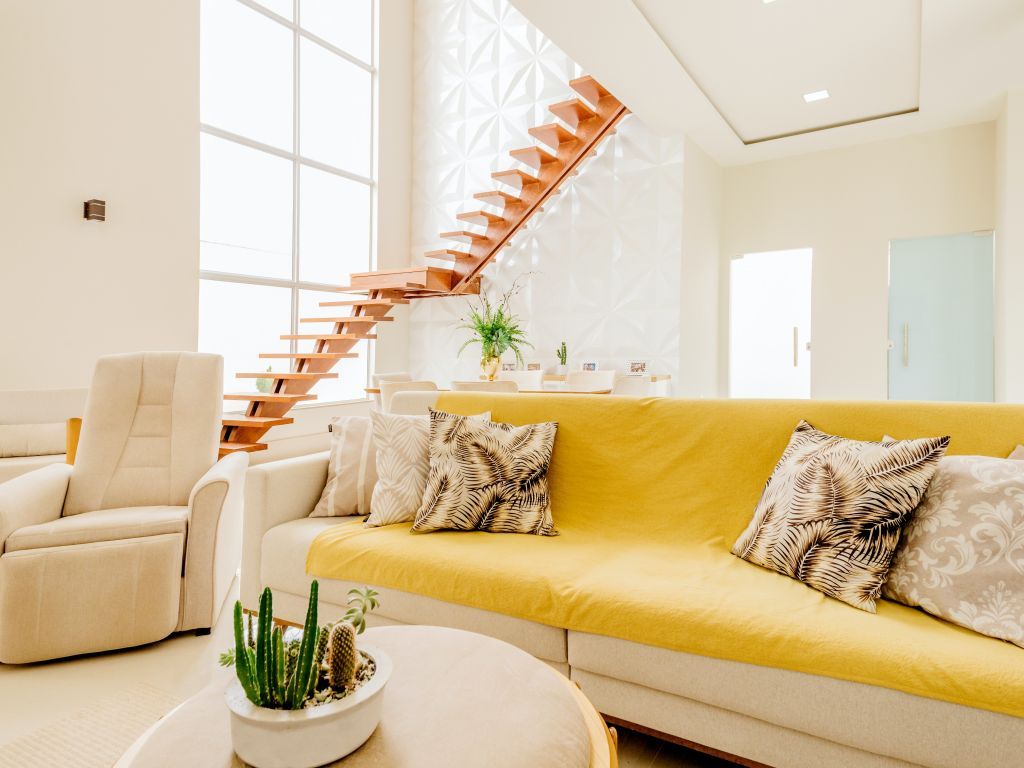
Our interlocutor is convinced that this is not a passing trend, but a story that became particularly relevant after the corona virus epidemic, when health became a priority for all of us, regardless of age.
- And biophilic design focuses on the health of the users of the space, something that we have not dealt with in interior design and architecture so far. Of course, we don`t pretend to go into any medical considerations now. Simply, we need to use the existing knowledge, connect them and think about what is best for the users of the space we create. And of course, in cooperation with other colleagues from technical, social, medical professions, if the nature of the project requires a more complex approach - explains Komljenovic.
To understand how important it is for all people living in cities to turn to these principles, it is enough to draw a parallel between urban and rural environments and we will see that the interaction between people and nature is far more intense in rural and suburban environments, she notes.
- In urban areas, advantages such as a yard, porches, and a view of the greenery from the window are underestimated. Balconies are usually cramped or available only to users of more luxuriously equipped properties, which is certainly a consequence of the limited availability of land in urban areas. That is why it is extremely important that we try to overcome the shortcomings and limitations that hinder all of us who live in urban areas and use all the opportunities that the biophilic concept allows us to refine our living and working space and make it more pleasant to stay in - Natasa Komljenovic concludes.
Below you can download a PDF with 5 lessons: How to create your biophilic environment..
M. Dedić
Click here for PDF file

Click here to see the entire Special Edition Newsletter
"INTERIOR AND EXTERIOR - Inspirational spaces give birth to good ideas"
 Agencija Arhingreen Novi Sad
Agencija Arhingreen Novi Sad


 Izdanje Srbija
Izdanje Srbija Serbische Ausgabe
Serbische Ausgabe Izdanje BiH
Izdanje BiH Izdanje Crna Gora
Izdanje Crna Gora


 News
News







